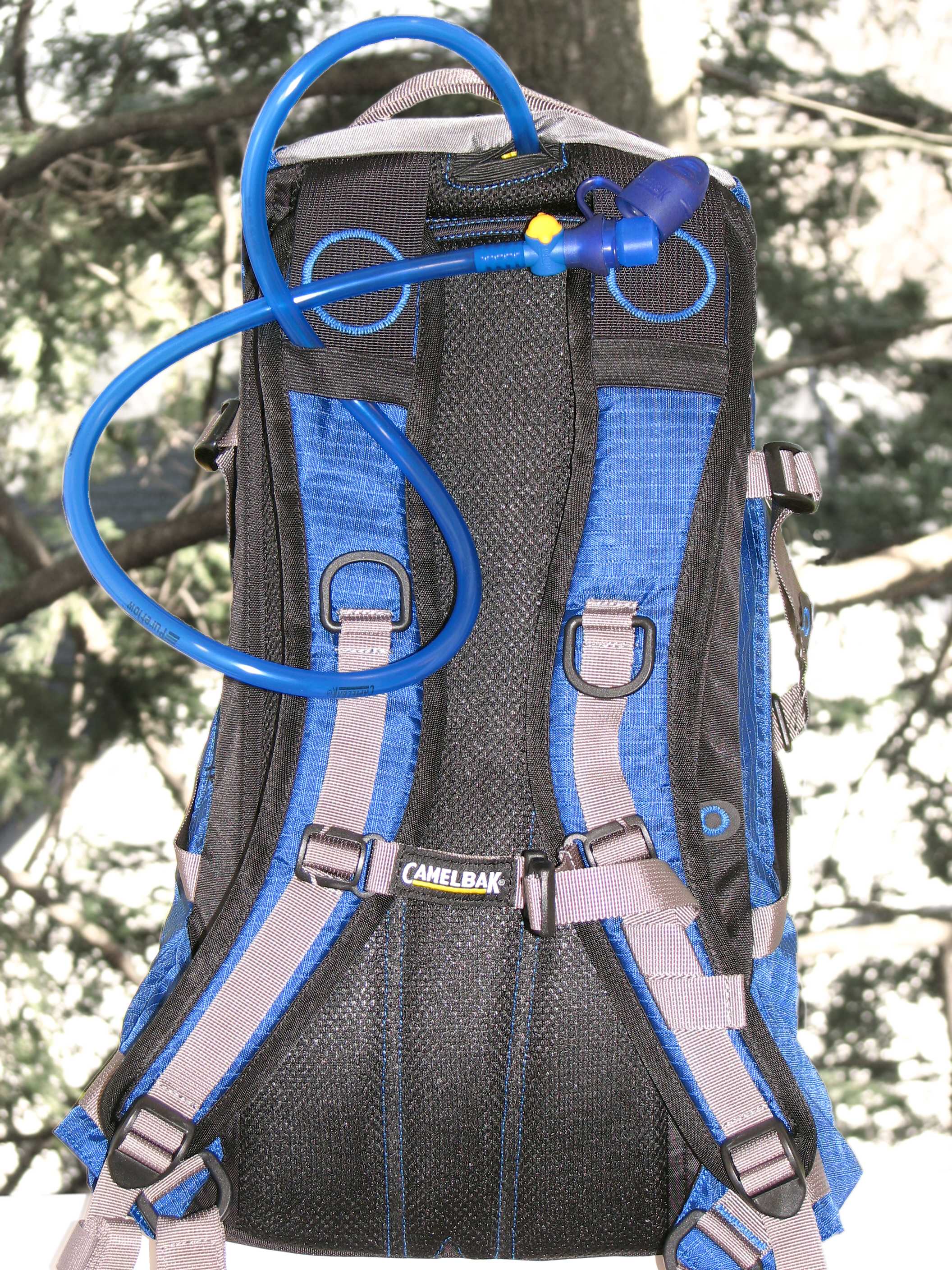Sport beats military in hydration belt consumption
On the basis of the end-use, the market has been classified into sports, military and others. Currently, the sports segment accounts for the majority of the total market share.

- Country:
- United States
The planet earth is never free from war. There is always war in one region or the other. Besides the security issues, military drills are equally expensive in terms of use of military gadgets throughout the globe. However, recent research by the market researcher IMARC Group has revealed that the consumption of hydration belt is high in sport than military and others.
As per the latest report by IMARC Group, titled “Hydration Belt Market: Global Industry Trends, Share, Size, Growth, Opportunity and Forecast 2019-2024”, the global hydration belt market size reached US$ 2.6 Billion in 2018.
As per the latest report by IMARC Group, titled “Hydration Belt Market: Global Industry Trends, Share, Size, Growth, Opportunity and Forecast 2019-2024”, the global hydration belt market size reached US$ 2.6 Billion in 2018. Hydration belts are a type of sports gear used for storing water during outdoor activities such as running, jogging and cycling. Water plays a pivotal role in lubricating joints, transporting nutrients, maintaining a balance of body fluids and regulating the body’s temperature. While performing physical activities, inadequate hydration may lead to syncope, headaches and muscle cramps, owing to which, athletes and sports enthusiasts utilize hydration belts to keep themselves hydrated. These belts assist in sufficing the water intake requirements of users without distracting them from the activity. Since these belts are lightweight, comfortable and offer convenience, they are gaining traction among both professional and amateur runners and cyclists around the world.
Global Hydration Belt Market Trends
On account of the rising prevalence of lifestyle diseases, individuals across the globe are becoming more aware of the benefits associated with regular exercise and other activities such as jogging, running and cycling. Moreover, manufacturers are introducing these belts in different sizes and colours with features for enhancing their functionality. For example, hydration belts are nowadays available with additional space and detachable pockets for keeping replacement fluids, cash, smartphones and other essential items. Manufacturers are also employing lightweight, water-resistant materials to design leak-proof variants as well as introducing different products for shorter and longer distances. This is anticipated to impel the growth of the market in the upcoming years. Looking forward, the market is projected to reach a value of US$ 3.2 Billion by 2024, expanding at a CAGR of 3.5% during 2019-2024.
Market Summary
- Based on the product type, the market has been bifurcated into belts with and without bottles.
- On the basis of the end-use, the market has been classified into sports, military and others. Currently, the sports segment accounts for the majority of the total market share.
- The market has been analyzed on the basis of the distribution channel into supermarkets and hypermarkets, speciality sports shops, company outlets, online and others. Presently, speciality sports shops exhibit a clear dominance in the market.
- Region-wise, the market has been segmented into Europe, Asia Pacific, North America, Latin America, and Middle East and Africa. Amongst these, North America is the leading market, holding the majority of the global share.
- The competitive landscape of the market has been examined with some of the key players being Amphipod, FuelBelt, Nathan Sports, Ultimate Direction, CamelBak Products, Decathlon, Fitletic, Salomon and The North Face.
(With inputs from IMARC Group)










